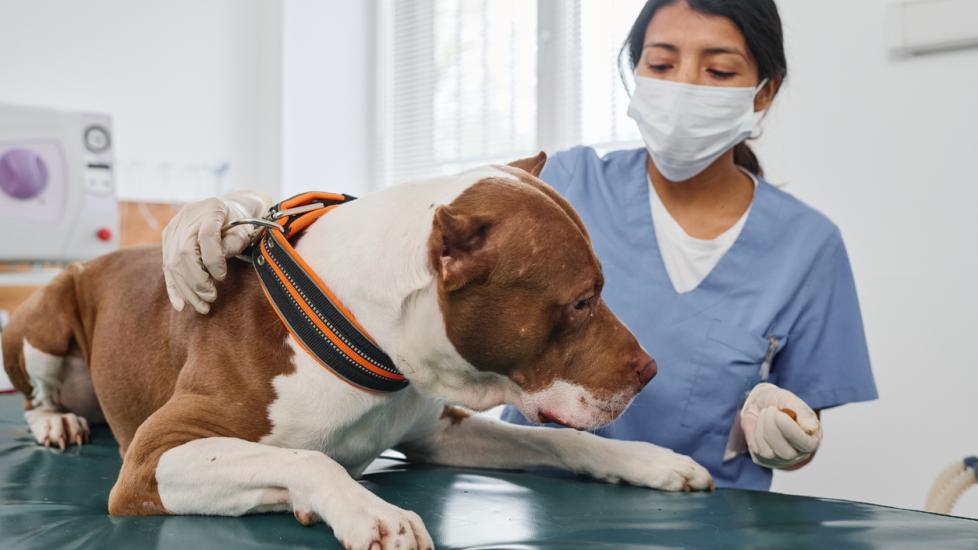Title: Septic Arthritis in Dogs: Understanding, Prevention, and Treatment
Introduction:
In the world of canine health, septic arthritis is a condition that pet owners dread. This serious bacterial infection within the joint space leads to inflammation, pain, and potentially irreversible damage if left untreated. It’s crucial for dog enthusiasts and caretakers alike to understand the nuances of this affliction, its prevention methods, and available treatments. Let us embark on an educational journey into septic arthritis in dogs.
What is Septic Arthritis?
Septic arthritis, also known as infectious or suppurative arthritis, occurs when bacteria invade a previously healthy joint. The most common cause is through a penetrating wound or post-surgery infection, but it may also result from hematogenous spread (bacteria traveling through the bloodstream). Once inside the joint, these microorganisms release toxins that destroy cartilage and synovial fluid, leading to severe discomfort and impaired mobility.
Signs and Symptoms:
Recognizing the signs early is key to managing septic arthritis effectively. Common symptoms include limping, reluctance to bear weight on affected limbs, increased warmth over the joints, swelling, and decreased range of motion. In advanced stages, fever, lethargy, and loss of appetite might be observed due to the body’s response to the infection.
Prevention Strategies:
1. Vaccination: Keeping your dog up-to-date with vaccinations against certain bacterial strains can reduce their risk significantly.
2. Wound Care: Promptly treating any open wounds to prevent infection is essential. Clean them thoroughly and seek veterinary attention if necessary.
3. Postoperative Precautions: Following strict protocols after surgical procedures can minimize the chances of infections developing.
4. Regular Checkups: Visiting the vet regularly allows for early detection of potential issues before they escalate.
5. Good Hygiene Practices: Keep your dog’s living environment clean and free from potential sources of contamination.
Treatment Options:
The primary goal of treatment is to eradicate the bacteria while simultaneously supporting the dog’s comfort and quality of life. Here are some steps taken by veterinarians:
- Intravenous Antibiotics: Strong antibiotics are administered intravenously at first to achieve high concentrations quickly. These may later transition to oral medications once the dog responds well.
- Joint Flush: A procedure where the infected joint is flushed with saline solution and antibiotics directly to remove pus and debris.
- Pain Management: Medications like non-steroidal anti-inflammatory drugs (NSAIDs) help alleviate discomfort during recovery.
- Rest and Supportive Care: Providing rest periods and supportive devices such as splints can aid healing without additional stress on the inflamed joints.
Conclusion:
Septic arthritis in dogs is a grave concern requiring immediate medical intervention. By understanding how it develops, taking preventive measures seriously, and recognizing the signs promptly, we can ensure our furry companions lead healthier lives. Remember, regular check-ups and attentive care go a long way in maintaining the welfare of our beloved pets.
